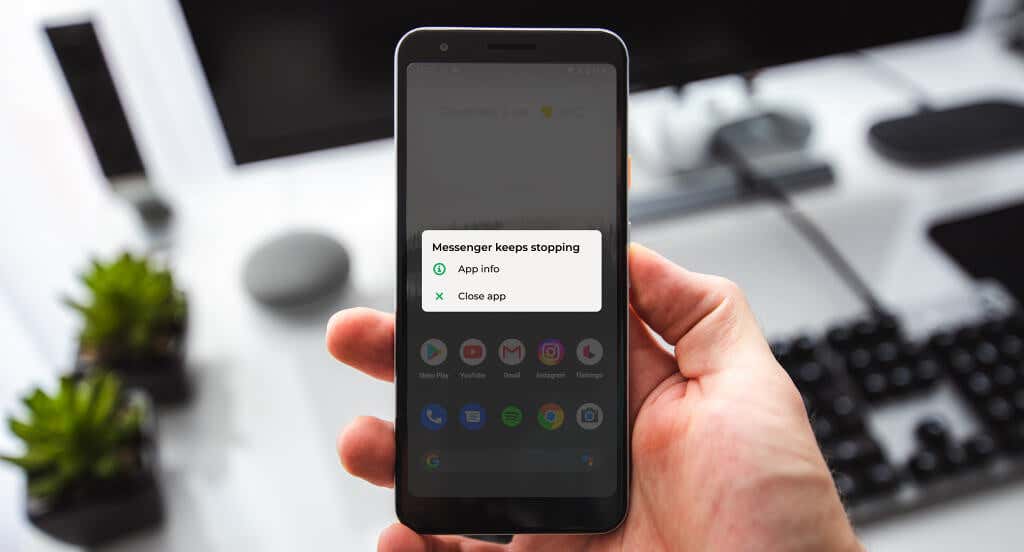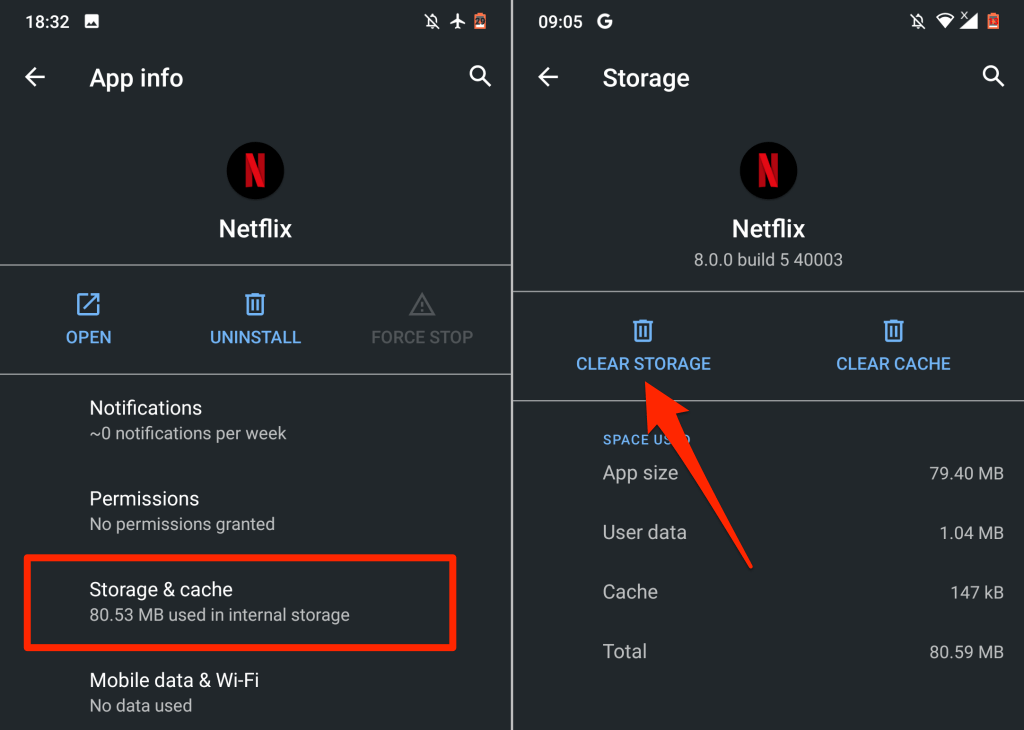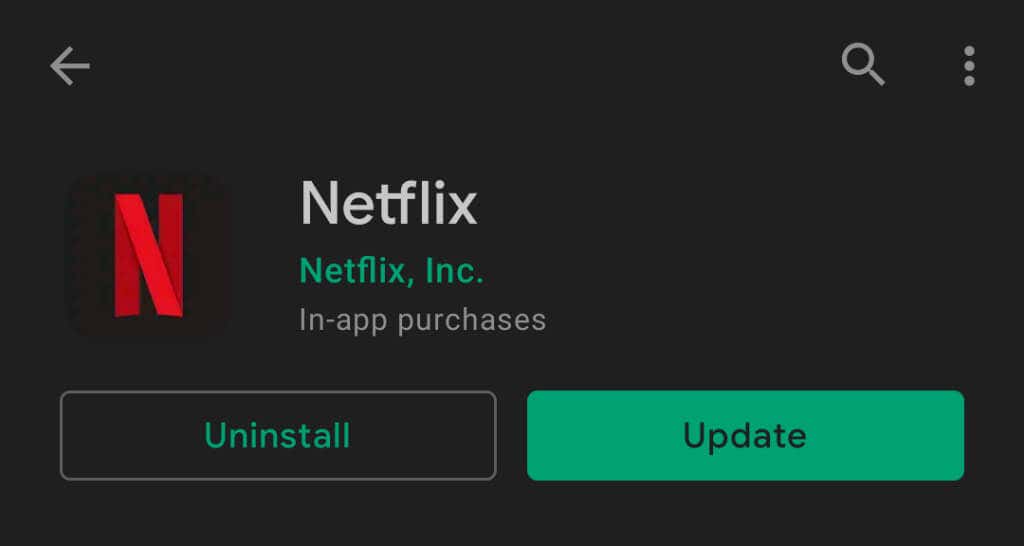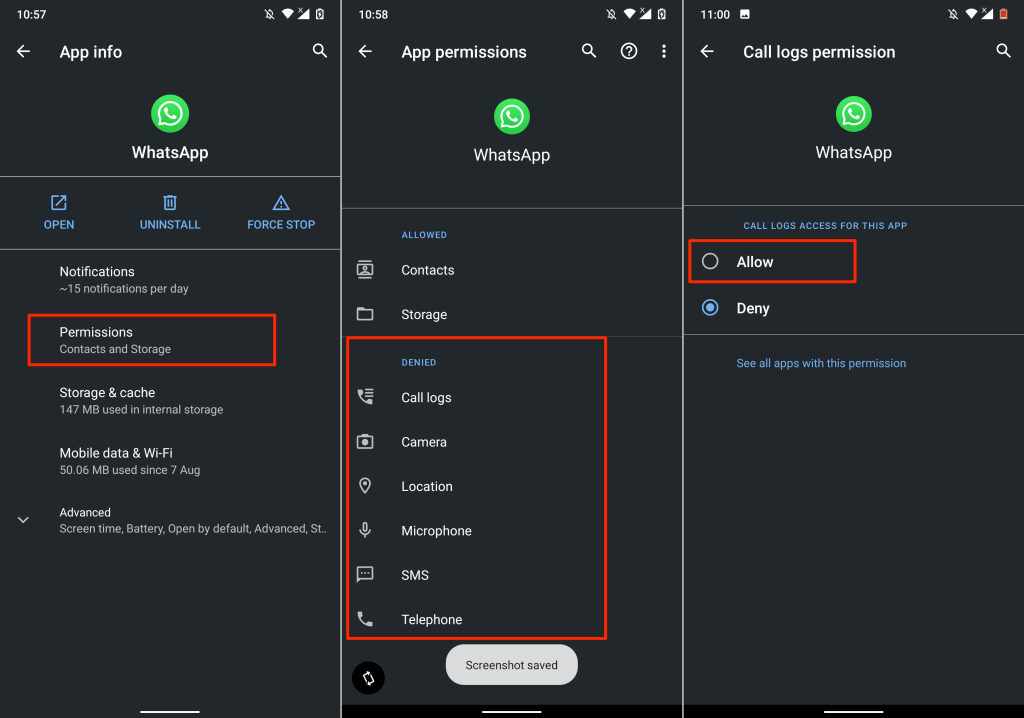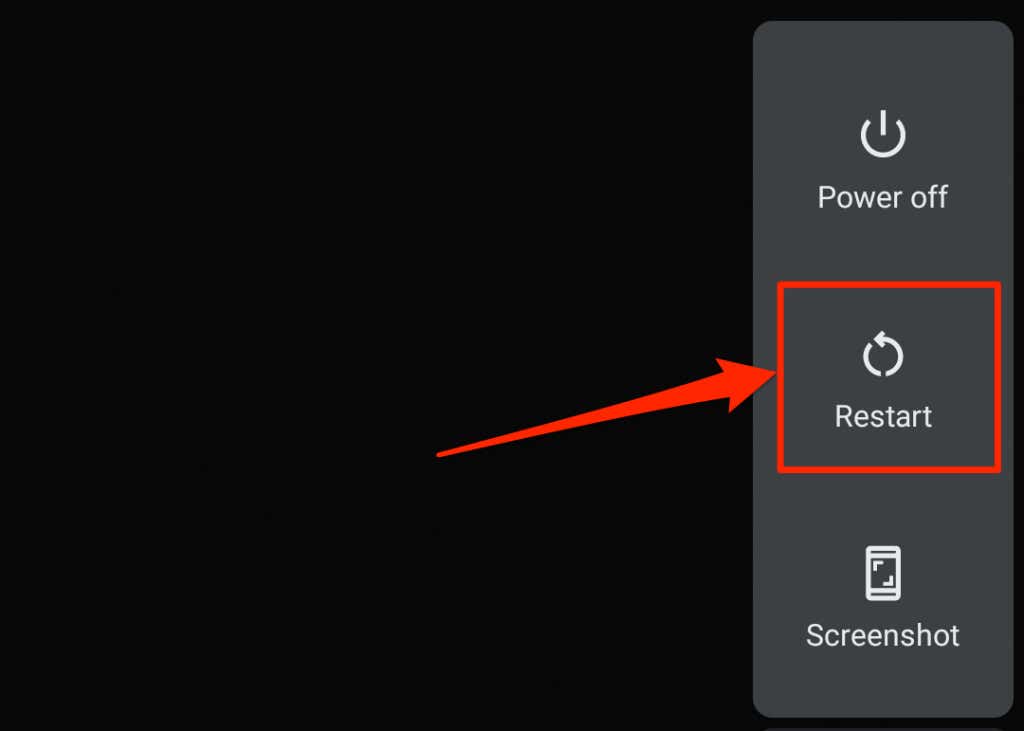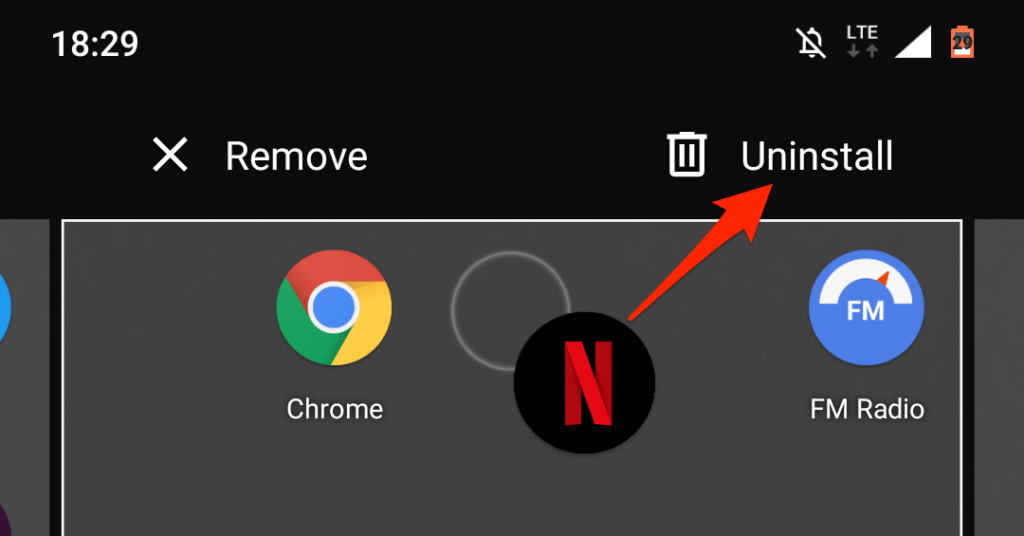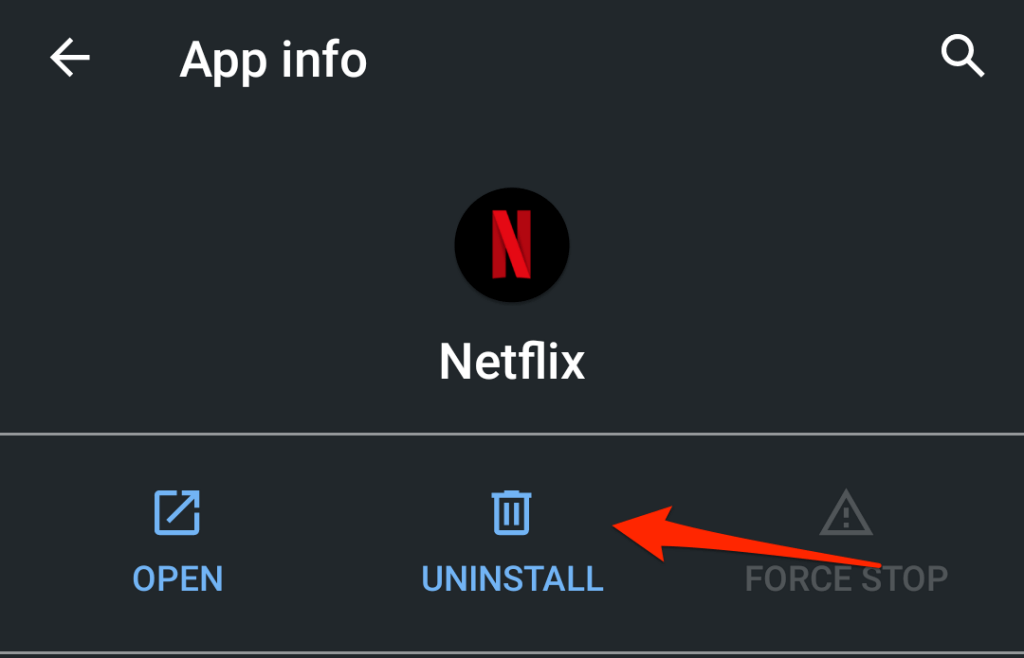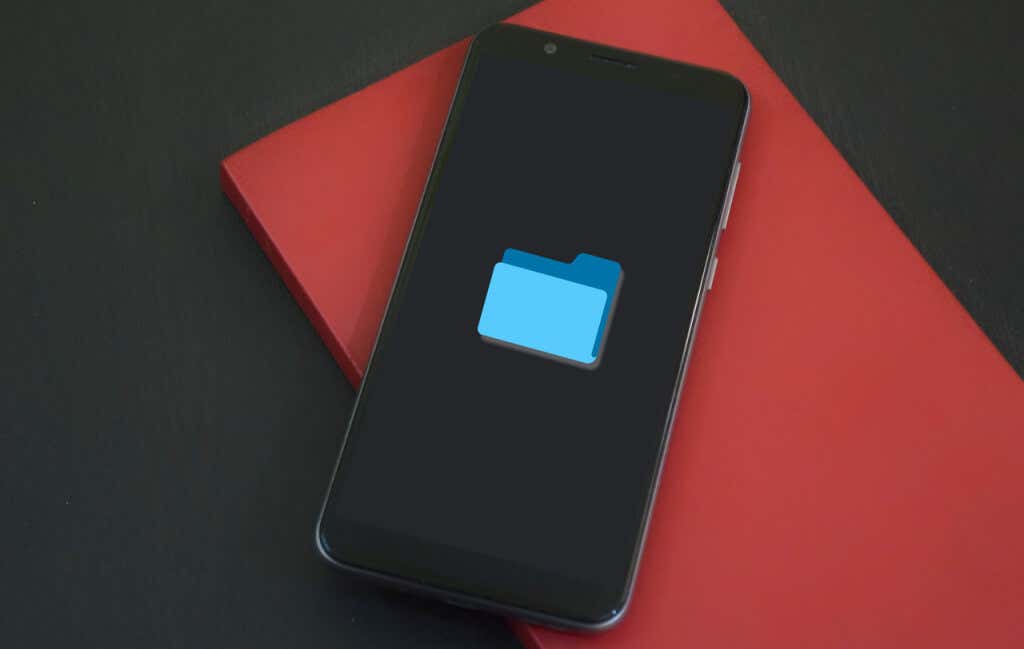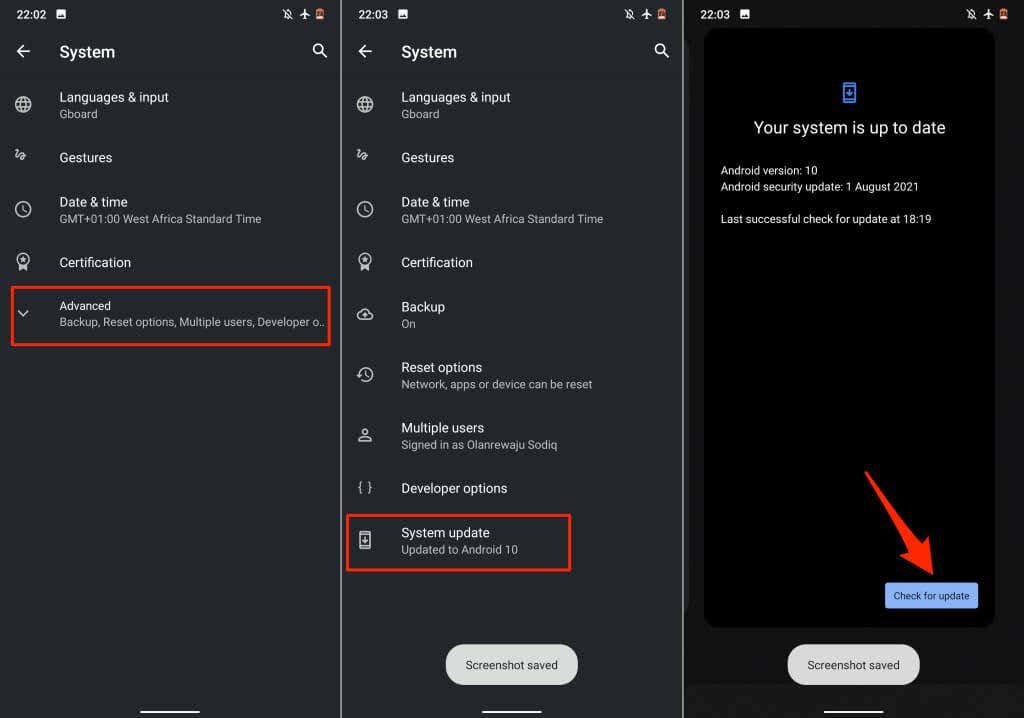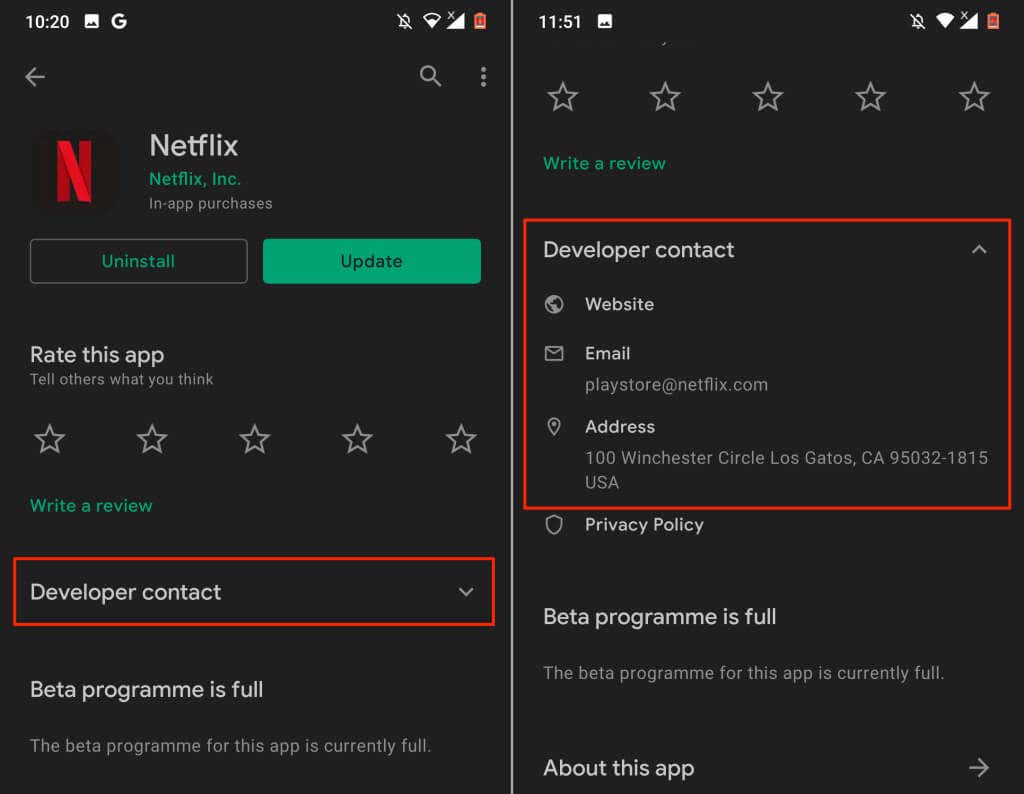Several factors cause an application to keep stopping or crashing in Android. The problem could be corrupt cache files, poor memory management, low storage space, software bugs, device incompatibility, etc. Poor or unstable internet connection and server downtime could also trigger the “App keeps crashing” error message.
Given the diverse nature of the causative factors, you may have to try multiple troubleshooting steps to fix the problem. This tutorial covers possible ways to stabilize a crashing app on Android devices.
1. Force Stop the App
An Android app might keep stopping if it cannot complete a task or operation. Most times, force-stopping and reopening the app can set things back in order.
- Long-press the app’s icon on the home page and tap App info or the info (ℹ) icon.
- Tap Force Stop and select OK on the confirmation prompt.
Reopen the app and check if it runs without crashing. If the app keeps stopping, force-close the app again, force-close other applications, and reopen the app.
2. Clear the App’s Cache and Storage Data
Over-accumulation of temporary files can also cause an app to keep crashing. Delete the app’s cache file and check if that stabilizes its performance. Otherwise, clear the app’s storage data and try again.
Force-stop the app and follow these steps:
- Go to Settings > Apps & notifications > See all apps (or App info) and select the app that keeps stopping or crashing.
- Select Storage & cache and tap the Clear Cache button.
Launch and use the app for a few minutes. If the problem persists, delete the app’s storage data and try again.
- Return to the app’s “Storage & cache” page (see step #3 & #4) and select Clear Storage. Select OK on the confirmation prompt to proceed.
3. Update Android System Webview
A buggy version of the Android System Webview once caused apps to crash unexpectedly on Android devices. Google has since released a stable version of the system component that fixed the app crash issue.
Although Google automatically installed the stable version on affected devices, the company also recommends updating Android System Webview manually.
Check the Android System Webview page in Play Store (open Play Store and search for “Android System Webview”) and tap the Update button.
4. Update the App
An app might exhibit different forms of malfunction if it’s outdated, poorly developed, or filled with software bugs. App developers work round-the-clock to fix bugs and other issues, so update the app if there’s a new version available.
Force-close the app and follow the steps below.
- Go to the application’s detail page and expand the “Advanced” drop-down option.
- Scroll to the “Store” section and select App details.
That’ll launch the Play Store app and redirect you to the app’s page.
- Tap Update and reopen the app when the update is complete.
Alternatively, open Play Store, type the app’s name in the search bar, select the app, and tap the Update button. If the app isn’t available on the Play Store, download and install the latest version of the app from safe and reputable APK websites.
5. Check the App’s Permission Settings
Apps may keep crashing if it doesn’t have permission to use some crucial device components (storage, camera, microphone, location, etc.). Go through the app’s settings and ensure it has access to the necessary permissions.
- Go to Settings > Apps & notifications > App info (or See all apps), select the app that keeps crashing, and tap Permissions.
- Select any crucial permissions in the “Denied” section and change the access status to Allow.
Note that you don’t have to grant the app all permissions on the page. There are some permissions you should never accept. Read our compilation of 30 app permissions to avoid on Android for more details.
6. Check Your Internet Connection
Network-related problems are sometimes responsible for app instability on Android devices, especially if the app requires an uninterrupted internet connection. Or if the app is unable to establish communication with the required servers.
Try using other applications and check if they have internet access. Otherwise, put your phone in and out of airplane mode to refresh your cellular connection. If you’re using a Wi-Fi connection, restart your router and try again. Reset the router or contact your internet provider if the problem continues.
7. Restart Your Phone
Shut down your phone and power it back on if the app keeps stopping or crashing despite these troubleshooting steps. Performing a soft reset will free up your device’s RAM, terminate unneeded background apps/processes, and fix minor system errors causing apps to malfunction.
Press and hold your phone’s power or lock button and select Restart on the power menu.
When your device comes back on, open the affected app before any other app. If the app keeps stopping, contact the developer to report the problem.
8. Reinstall the App
Uninstall the app from your smartphone or tablet if it keeps freezing, stopping, or crashing. The steps to uninstall an app will vary based on the model of your smartphone and Android OS version.
Press and hold the app icon on the Home Screen or app launcher and drag the icon to the Uninstall section in the top-right corner of the screen and select OK on the confirmation prompt.
Alternatively, go to Settings > Apps & notifications > See all apps (or App info). Select the app that keeps stopping, tap Uninstall, and select OK on the confirmation prompt.
Reinstall the app from the Play Store or use its APK file and check if it works without any issues. If the app keeps stopping, restart your phone and check again.
9. Downgrade the App
If an app begins to crash after an update, that could be because the new version is incompatible with your device’s hardware or operating system. It’s also possible that the update contains some bugs. Sideload the older/stable version of the app instead. There’s no built-in technique to downgrade an app in Android. You’ll have to manually download and install the APK file of the older version.
10. Free Up Storage
Your smartphone and some apps may malfunction if it’s running low on storage space. Check your phone’s storage management interface and free up some space if it’s running low on storage.
If your device runs the stock Android OS, use the Google Files app to remove duplicate files, old pictures, unused apps, and other large files consuming storage space. Transferring files to an external SD card is another way to free up internal storage space in Android.
11. Update or Downgrade Android
There could be a problem with your device’s operating system if all applications crash when you open them. Check your device’s update section and install any update available for your smartphone.
Go to Settings > System > Advanced > System update and select Check for updates.
Downgrade your Android OS version if the app keeps crashing after an OS update.
Contact the App Developer
Your phone is up-to-date, other applications are working correctly, internet connectivity is up-and-running, there’s enough memory and storage to go round, but one particular app keeps stopping. What do you do? Contact the app developer if you’ve tried all the troubleshooting steps listed above.
Open the app’s details page in the Play Store, expand the “Developer’s contact” section, and send a report to the email address or phone number on the page. Contact Google Play Help if the affected app is a Google app.
If the developers find no problem with the app, you might have to perform a hard reset (i.e., factory reset). Or if the app keeps crashing only on your Android device. Before factory resetting your phone, be sure to create a backup of your files, apps, and other important data.
